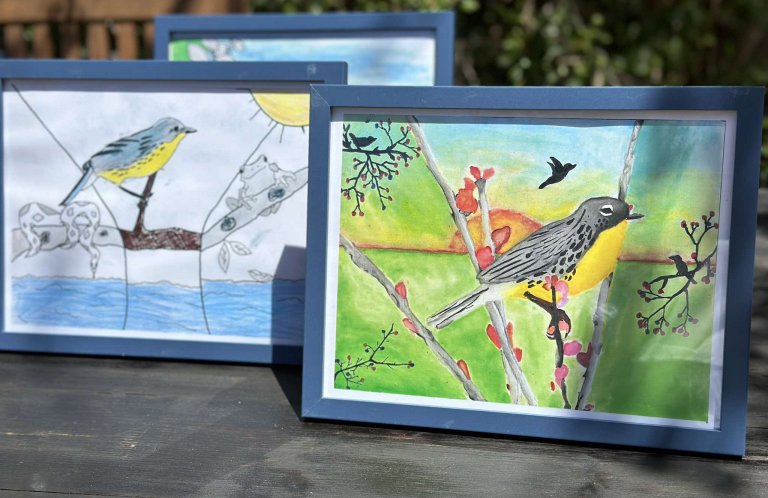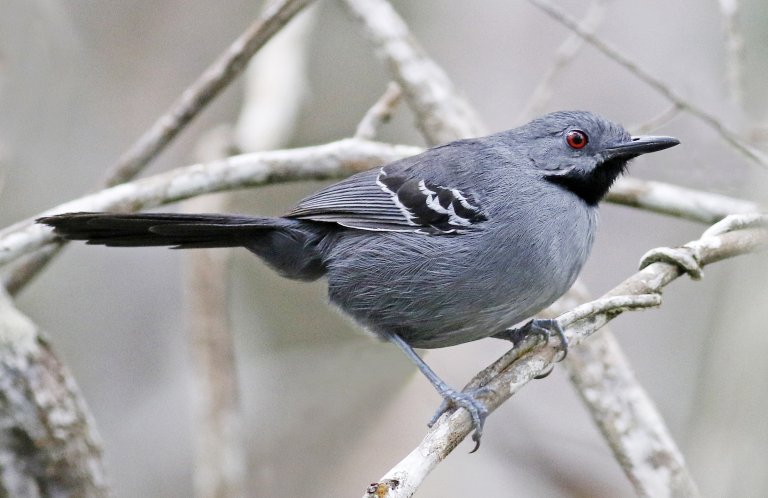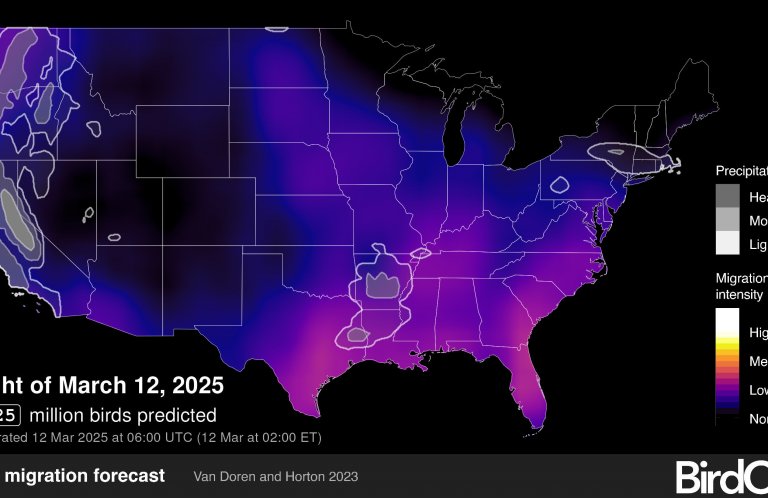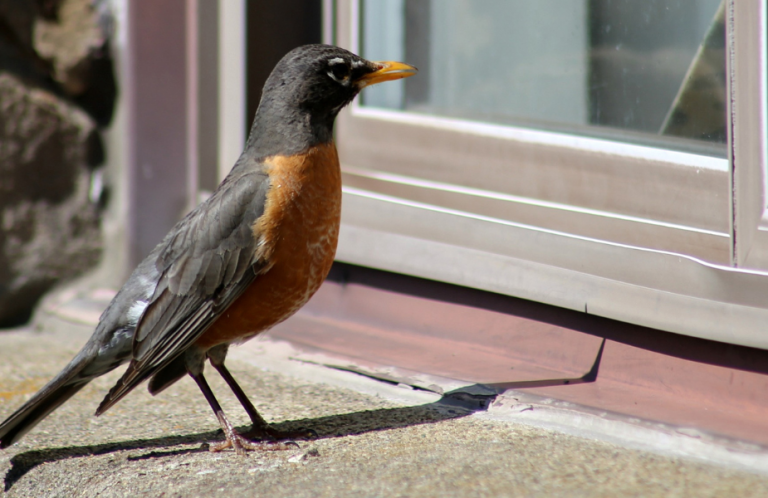Red Lake Partnership: Working Together for Birds in Northern Minnesota
The Red Lake Band of Chippewa has been one of ABC's most essential and stalwart partners since I began working to restore declining birds in young, regenerating — a.k.a. early successional — forest and brushland habitat in 2013. It is a primary goal of the Red Lake Band to protect and enhance forest habitat for all wildlife species, while maintaining a mosaic of habitat diversity throughout the forest.
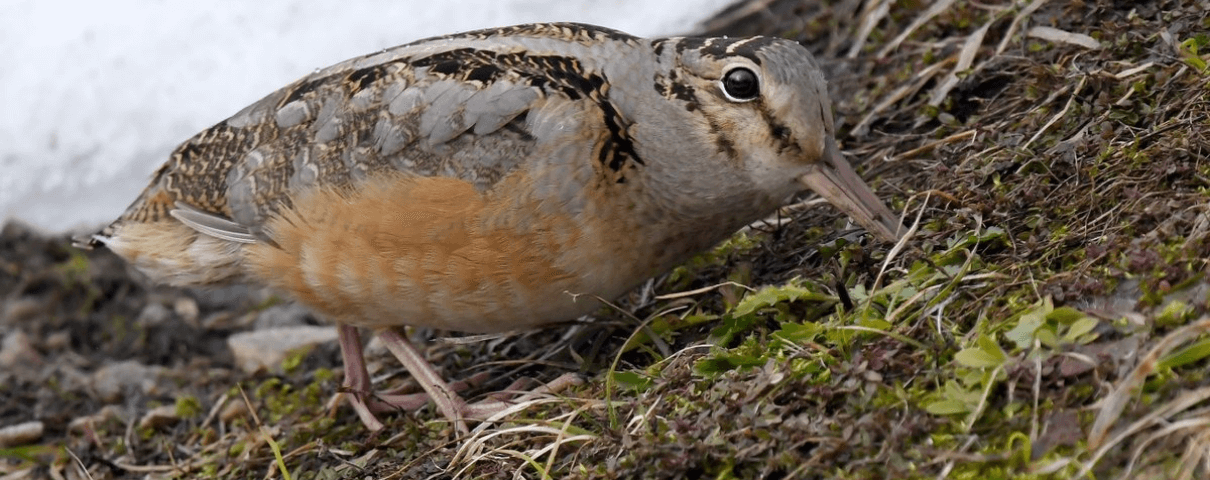
“Promoting and maintaining a landscape of diverse habitats is key to sustaining the health and prosperity of our biological and ecological communities,” says Al Pemberton, Director of the Red Lake Department of Natural Resources (DNR) and member of the Red Lake Tribal Council.
Pemberton's home, the Red Lake Band of Chippewa Reservation, is a beautiful and unique forested landscape in the heart of northern Minnesota that spans over 830,000 acres, or more than 10,000 square miles. It is one of two “closed” reservations in the United States, with the band having sole management authority over its vast natural resources. Sustainable natural resource management, including hunting, fishing, and logging, are essential industries to the Red Lake Nation, which has about 10,000 tribal members, who own all Red Lake lands in common.
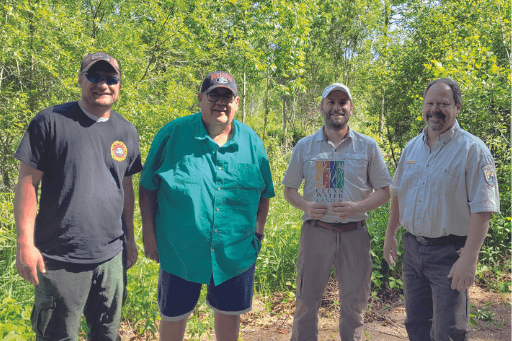
My work takes me over hundreds of miles of northern Minnesota each year. Even in this remote and striking region, the beauty and uniqueness of this landscape really stand out. Unlike some nearby areas, it remains a diverse, contiguous blanket of pristine forests and wetlands. It also includes and is named after Upper and Lower Red Lakes, which combined create the sixth largest natural freshwater lake in the United States. In short, the Red Lake Reservation is a jewel of ecological and biological diversity.
ABC, the Red Lake DNR, and the U.S. Fish and Wildlife Service's (FWS's) Tamarac National Wildlife Refuge (NWR) have partnered to work on projects that reduce the density and age of brush species dominated by alder and willow through cutting, while retaining trees and a mix of scattered brush patches to create diverse nesting and brood-rearing habitat for the state-listed Golden-winged Warbler and American Woodcock.
“It's not just Golden-winged Warblers and American Woodcock that benefit, but also a wide range of other wildlife species, many of which are in decline across the state,” says Red Lake's Pemberton. “For example, we've observed that moose regularly use these sites.” Additional bird species observed following habitat treatments include the Ruffed Grouse, Veery, Sedge Wren, Chestnut-sided Warbler, Brown Thrasher, and Rose-breasted Grosbeak.
The partnership started small. In 2015, ABC and staff from the Tamarac NWR met with forestry and wildlife staff from the Red Lake DNR to begin discussing the possibility of collaborating to complete some projects in brushy lowlands within deciduous or mixed forest habitats.
Over the past six years, the partnership has grown into a conservation success story: To date, ABC and the Red Lake DNR, in partnership with Tamarac NWR, have completed over 2,400 acres of high-quality young-forest habitat.
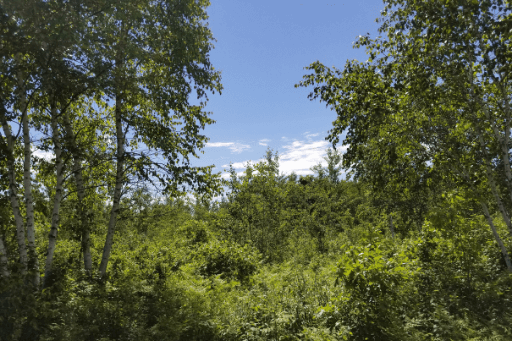
To complement this important work, in 2017 the Red Lake Band of Chippewa also applied for and received a Tribal Wildlife Grant from FWS for songbird monitoring, critical habitat restoration and enhancement, and education about young-forest management on the reservation. This funding resulted in an additional 500 acres of completed habitat projects.
Surveys completed by the Red Lake DNR have documented robust numbers of Golden-winged Warblers and other young-forest songbirds during spring breeding bird counts, suggesting that management activities have had positive effects. A total of 15 point-count surveys are conducted on seven sites twice each year, during which 60 different bird species have been observed, including numerous Minnesota Species of Greatest Conservation Need.
Every year, I look forward to working with the Red Lake DNR and heading up for site visits. It's an honor to work with the Red Lake Band of Chippewa, and a privilege to work with a nation that so highly values habitat conservation.
 | Peter Dieser is ABC's Great Lakes Public Lands Director. He received an MS in Natural Resources Science and Management from the University of Minnesota." |





































